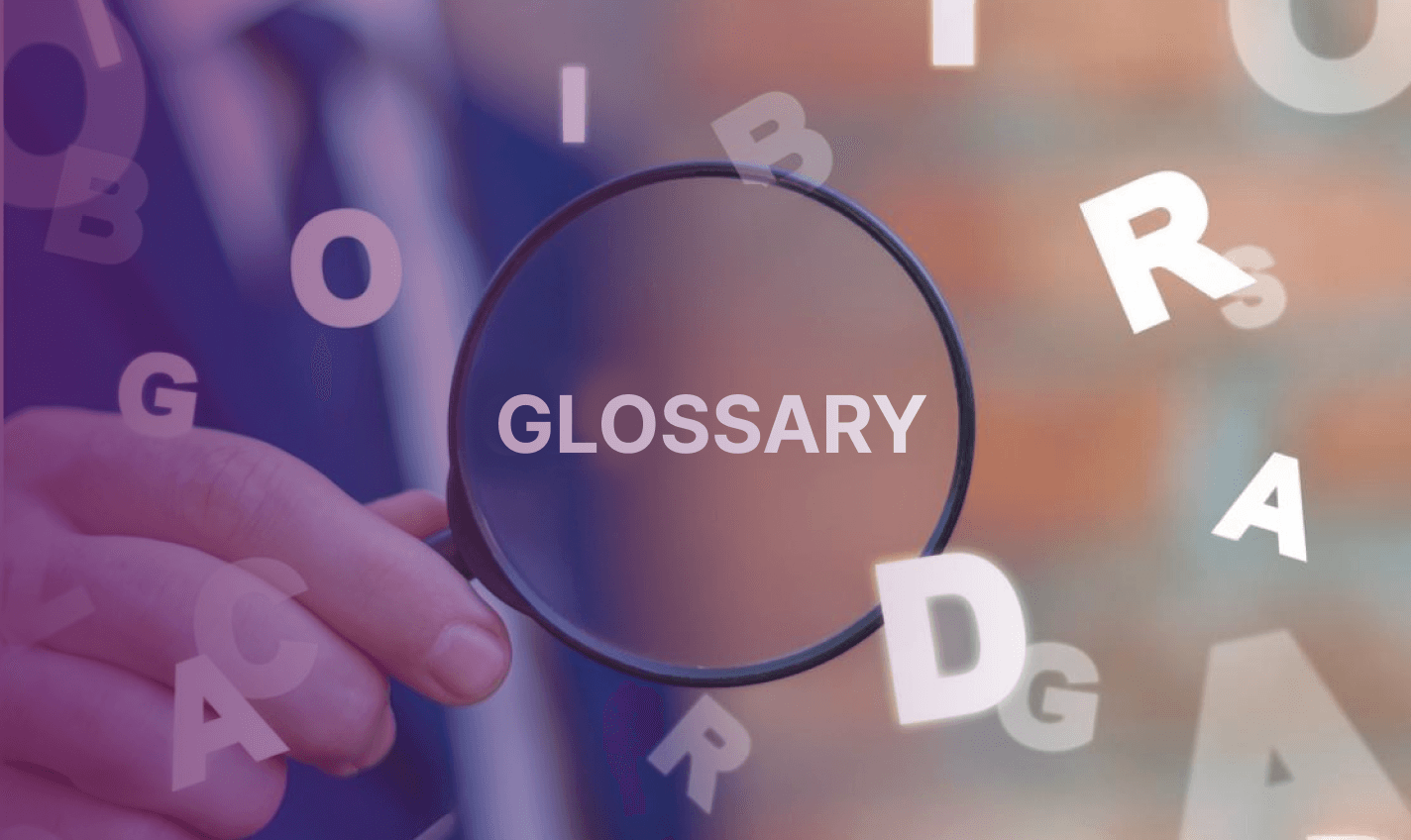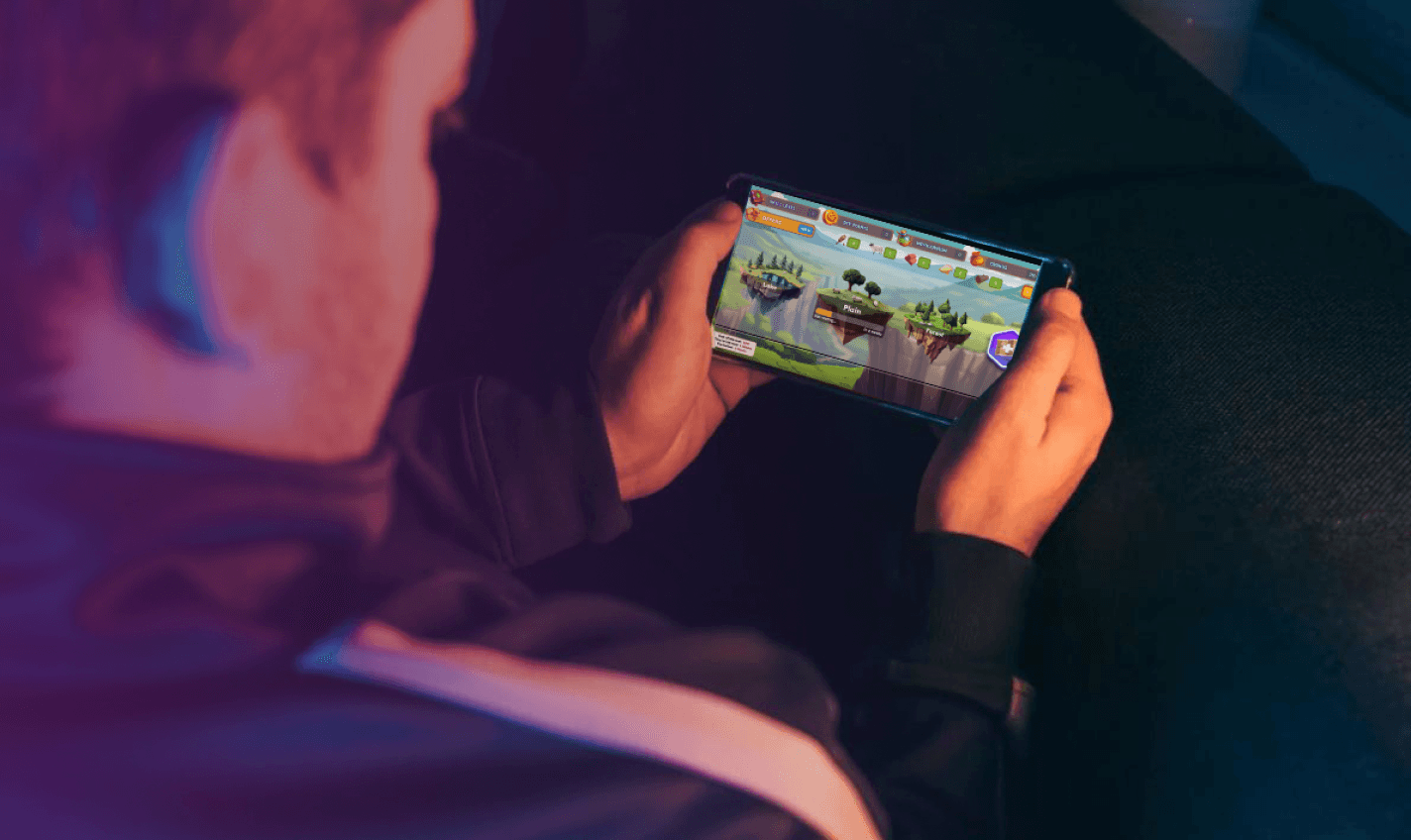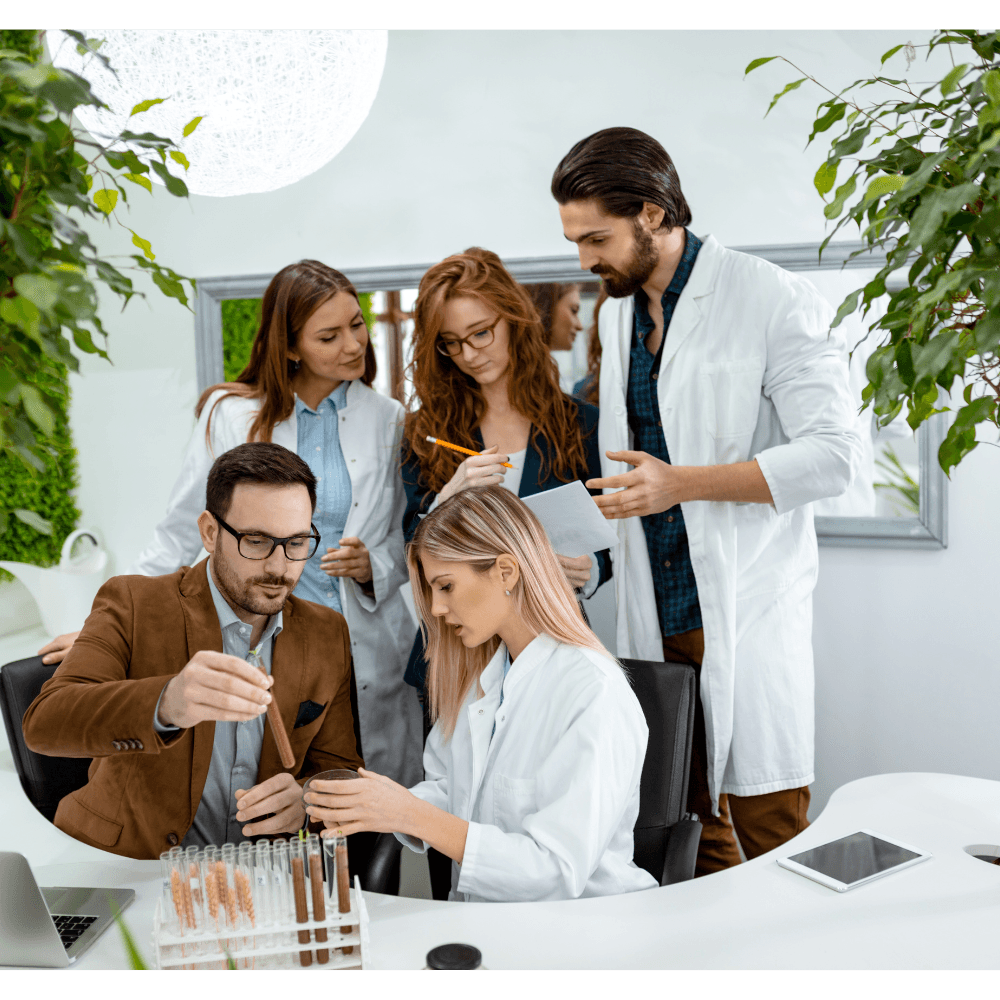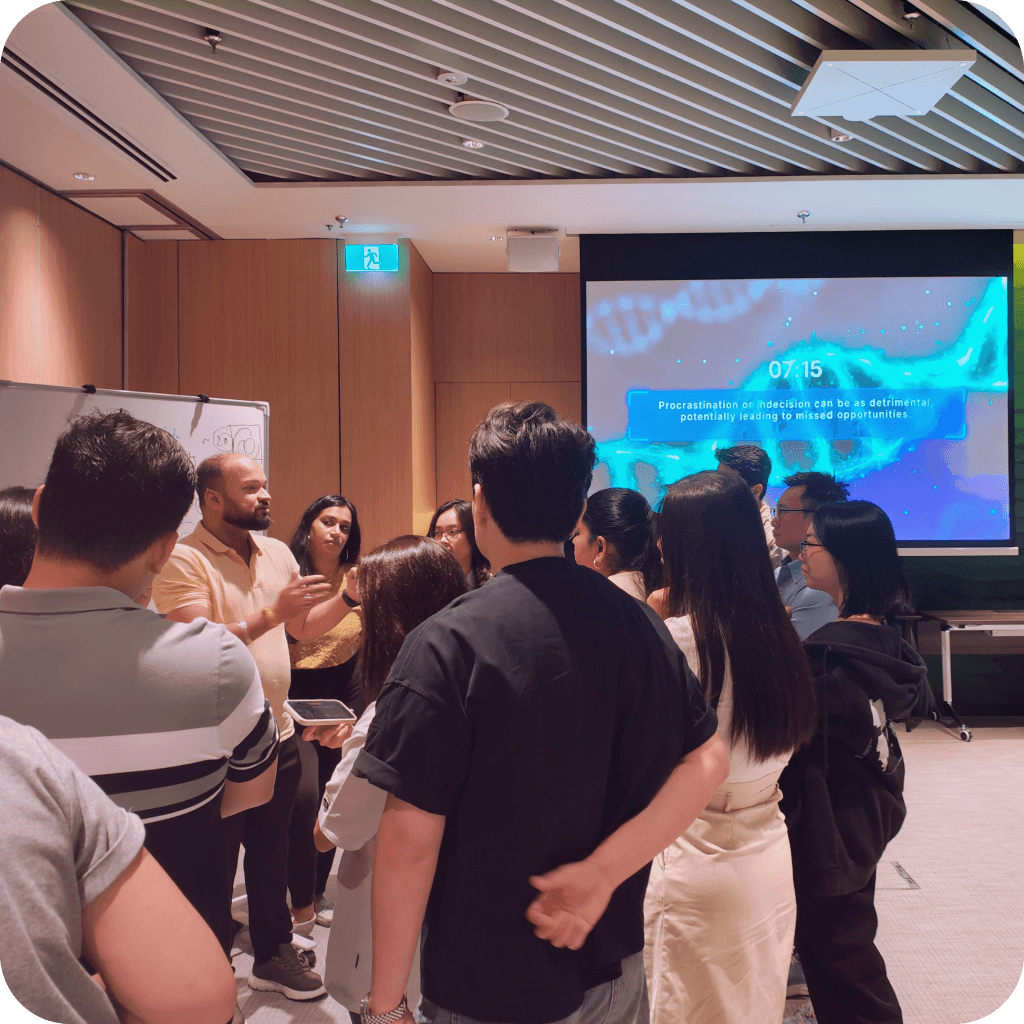Introduction: Embracing the Experimentation Stage
In the AFERR Model (Activation–Forecasting–Experimentation–Realization–Reflection), Experimentation marks the pivotal third stage where learning truly becomes learning by doing. For corporate leaders, HR and L&D heads, and change agents, this stage is the learner’s opportunity to test hypotheses, try new behaviors, and apply new models of thinking in practice. Unlike the prior Forecasting stage (which focused on planning and predicting outcomes), Experimentation is about action—actively trying out ideas in a safe environment to see what works. It provides the practical application of knowledge that is crucial for developing real-world skills, ideally within a “safe-to-fail” environment where learners can make mistakes without fear. In short, this stage transforms theory into practice, enabling participants to move beyond concept into experience.
What is the Experimentation Stage?
At its core, Experimentation in AFERR is a structured form of trial-and-error learning. The learner takes the hypotheses or plans formed during Forecasting and puts them to the test. This might involve adopting a new leadership behavior during a team meeting, trying an unfamiliar problem-solving approach in a simulation, or experimenting with a different decision-making model in a project scenario. The goal is not immediate perfection, but active learning through experience—much like a scientist running an experiment to gather data. Critically, the Experimentation stage is conducted in a context where errors are expected and accepted as part of the process. The role of leadership and L&D professionals here is to ensure a supportive context: the environment should encourage taking intelligent risks, exploring creative approaches, and learning from outcomes rather than punishing mistakes. In essence, Experimentation is the phase where learners convert knowing into doing, gaining firsthand insight into what their new skills or strategies feel like in practice.
The Neuroscience of Trial-and-Error Learning
Why is Experimentation such a powerful driver of learning? Neuroscience provides compelling answers. When learners engage in hands-on trial-and-error, the brain’s reward and learning circuits kick into high gear. Each attempt and outcome provides feedback that the brain uses to adjust and refine its internal models. A key player in this process is dopamine, a neurotransmitter central to the brain’s reward system. Research shows that dopamine neurons emit bursts of activity when we get an unexpected positive result, and reduce their activity when an expected reward doesn’t materialize. In simple terms, the brain issues a reward prediction error signal—a teaching signal that says “that worked better than I thought” or “that didn’t work as expected.” These dopamine-driven signals reinforce the behaviors that lead to success (and discourage those that don’t), essentially training the brain through reward feedback. For example, if a leader tries a new way of giving feedback to their team and it goes well, the slight dopamine “reward” burst they experience will encourage them to use that approach again. This mechanism is the same one by which a rat learns to press a lever for food or a songbird perfects its tune—the brain is wired to learn from the consequences of action.
Equally important, Experimentation promotes synaptic plasticity, the biological basis of learning and memory. Each time we practice a new behavior or skill and get feedback, connections between neurons are being adjusted. Synapses (the connections between brain cells) that are repeatedly activated by successful strategies get stronger, while those that are not used may weaken. In practical terms, when an employee practices a new skill through repetition and iteration, they are literally rewiring their brain, strengthening neural pathways that encode the new behavior. This is why “practice makes perfect”—or more accurately, practice with feedback makes permanent changes in the brain.
Notably, experiential learning engages multiple brain regions simultaneously, creating rich neural connections. When a learner is actively experimenting (for instance, role-playing a difficult conversation or operating a new software interactively), they are engaging motor and sensory cortices (performing actions and perceiving results), the hippocampus (forming memories of what happened), and the prefrontal cortex (making decisions and adjustments on the fly). This whole-brain activation helps integrate the new knowledge more deeply because the learner isn’t just thinking about the skill—they are doing it. By the end of the Experimentation stage, the brain has a much more concrete map of the behavior: what actions led to success, what failed, and what each felt like. This sets the stage for the next phases of learning by providing raw material (experience and data) for insight and consolidation.
Psychological Safety: Learning Without Fear
When learners feel psychologically safe, the brain’s fear circuitry (primarily the amygdala) is kept in check, allowing the “thinking brain” in the prefrontal cortex to remain engaged. Psychological safety—a shared belief that one can take interpersonal risks without fear of punishment or ridicule—is vital for experimentation. Neuroscience tells us that when we perceive threat or fear (for example, fear of embarrassment or failure), the amygdala hijacks our attention, initiates stress responses, and can shut down higher-order thinking. In a learning context, that means a person who is afraid of being judged for a mistake will avoid risks and their brain will default to safe, routine behaviors. Conversely, when the environment is safe-to-fail, the learner’s brain can interpret uncertainty as challenge rather than danger. This shifts the state from anxiety to curiosity—amygdala activation decreases and prefrontal activation increases as the individual explores the task with an open mind. The learner is more willing to try something new, because at a neurological level, they aren’t bracing for punishment; instead, they’re engaged in discovery.
Establishing psychological safety is thus a prerequisite for effective experimentation. Leaders and L&D professionals can cultivate this by setting a tone that embraces failures as learning opportunities. Research on organizational learning emphasizes that teams make more progress when people feel free to speak up with ideas or admit mistakes without fear. In practice, this might involve leaders openly sharing their own past failures and what they learned, signaling that nobody will be vilified for an experiment that didn’t work out. It also involves encouraging questions and dissenting viewpoints, so that learners know they won’t be ridiculed for proposing an unconventional idea. By reducing the interpersonal fear in the room, we enable each person’s brain to operate in a state of “stretch, not stress,” which is ideal for learning. The concept of uncertainty tolerance ties in here: learners need to become comfortable not knowing if a new tactic will succeed. Framing work challenges explicitly as “experiments” can help—experiments, by definition, can’t “fail” in a bad way; they either succeed or yield valuable data. This reframing lowers the stakes and encourages a growth mindset toward trying new approaches. Ultimately, a culture of psychological safety creates a positive feedback loop: the more people experiment and see that candid reflection on mistakes is rewarded (not punished), the more they continue to push their learning edges.
Fostering Experimentation in Organizational Practice
For organizations, the Experimentation stage is where learning designs and culture interventions can have the most visible impact. How can companies enable safe and deliberate experimentation? Below are some strategies and examples:
Design Safe Practice Grounds (Simulations & Sandboxes)
One effective approach is to use simulations, role-plays, or sandbox projects that mirror real challenges but without real-world consequences. For example, leadership development workshops often include simulated business scenarios or games where participants can try out decision-making techniques. Such simulations “soften the landing” by letting people practice skills in a safe-to-fail environment, gaining confidence through iterative attempts before they face the high-stakes real world. In these settings, if a learner’s strategy doesn’t work, nothing is truly lost—instead, the failure becomes a discussion point for insight. Over multiple iterations, participants get to refine their approach, effectively performing deliberate practice. This approach not only builds skill, but also resilience and adaptability, as learners realize they can recover and learn from missteps.
Start Small with Pilot Experiments
Encourage teams to run small-scale experiments on the job. Rather than overhaul an entire process based on a new idea, a team might test it on a single project, one customer, or for a short sprint. Starting with “small, manageable steps” allows hypotheses to be tested without huge risk, and provides quick feedback for refinement. For instance, if a sales manager wants to try a new coaching technique with their sales reps, they could pilot it with one or two reps for a month and see the results. The key is to iterate—each small experiment yields insights that inform the next, gradually scaling up success. This iterative approach is akin to Agile methodology in software: try a change, gather data on what happened, learn, and adjust in the next iteration. Organizations can facilitate this by giving teams explicit “experiment budgets” or time allotments—e.g. Google’s famous 20% time policy allowed employees to spend a portion of their time on exploratory projects. Such structures legitimize experimentation and signal that leadership values learning and innovation over rigid adherence to plan.
Safe-to-Fail Projects and “Fail-Forward” Culture
To truly harness experimentation, companies should actively create a culture that rewards learning from failure. This means moving beyond lip service to failure-tolerance and putting in place norms and systems that back it up. Some organizations have adopted practices like “failure reports” or “learning postcards” where employees briefly document what was tried, what went wrong, and what was learned—then share these insights openly so others can also learn. By treating a project that didn’t meet its goal not as a fiasco but as an experiment that provided valuable information, leadership encourages teams to be candid and forward-looking. As one innovation article notes, a safe-to-fail culture encourages risk-taking, curiosity, and continuous learning at all levels. Managers play a crucial role here: they must respond to bad news or “failed” attempts in a supportive way—for example, praising the initiative and extracting the lessons, rather than showing disappointment. When employees see that experiments are celebrated, they become more proactive in testing new ideas. Over time, this fail-forward mindset can dramatically increase innovation, because people stop hiding or avoiding failures and instead mine them for insights.
Use Real-Time Feedback and Reflective Debriefs
Simply running experiments isn’t enough; what cements the learning is feedback and reflection. Organizations can strengthen the Experimentation stage by ensuring every trial is followed by a debrief. In training contexts, facilitators should guide learners to reflect on questions like: What did you try? What happened compared to what you expected? How did it feel? What would you do differently next time? On teams, practices such as post-mortems, retrospectives, or after-action reviews serve a similar purpose. They turn each project or initiative into a learning opportunity, linking the Experimentation phase to the Reflection phase (more on that shortly). Neuroscience supports this approach: reflecting on an experience helps transition it into long-term memory and wisdom, engaging the brain’s memory consolidation processes. Moreover, immediate feedback during experimentation is critical—whether from coaches, peers, or objective metrics. Real-time feedback acts like those dopamine signals mentioned earlier, telling the brain “yes, do more of this” or “adjust course.” Leaders should strive to give balanced feedback that acknowledges what went right in an experiment as well as what can be improved, keeping learners motivated to keep experimenting. By embedding feedback loops in the process, organizations ensure that experimentation leads to tangible learning and performance improvement, not just flailing. High-quality feedback is among the most powerful influences on learning outcomes.
From Experimentation to Realization and Reflection
The AFERR model is a sequence for a reason—each stage sets up the next. Experimentation naturally paves the way for Realization and Reflection, the final two stages of the model. In the Realization stage, learners grasp the outcomes of their experiments and derive insights. Essentially, this is where the “Aha!” moments occur—the individual connects the dots between their actions and the results. After experimenting, the brain engages regions like the hippocampus and prefrontal cortex to process the results of those actions, understanding cause and effect. For example, a manager who experimented with a new meeting format might realize that the team became more engaged and creative, linking that outcome to the change they introduced. Realization is about making sense of what happened: learners identify which hypotheses held true, which behaviors had positive or negative consequences, and what surprising things they learned about the task or themselves. This stage is critical for deep cognitive integration—without it, an experiment is just an isolated event. When designing learning experiences, facilitators should ensure there is a moment of conscious recognition of the key takeaways emerging from the experiment. It helps to ask learners, “What did you realize as a result of this trial?” or “What new understanding do you have now?” to prompt this internalization.
Following Realization comes Reflection, the capstone of the AFERR cycle. In Reflection, the learner deliberately thinks back on the entire experience to consolidate the learning and possibly abstract broader principles. Neuroscience shows that reflection engages the brain’s default mode network and helps transfer new knowledge into long-term memory by literally “wiring together” the neural patterns formed during the experience with existing knowledge structures. In other words, reflection is where the brain says: “Let’s store this lesson so we can recall and apply it in the future.” For the organization, fostering a habit of reflection (through journaling, group discussions, or coaching sessions) means that lessons from experimentation aren’t lost. It also closes the loop, often highlighting new questions or ideas—which can kickstart the next cycle of Activation and Experimentation. It’s important to emphasize to learners that experimenting alone isn’t enough; what you learn from it (Realization) and how you cement that learning (Reflection) are what truly drive growth. Experimentation provides the raw experience, but Realization and Reflection transform that experience into actionable knowledge and improved future performance. Thus, each Experimentation stage is both informed by prior reflection and is the fuel for new realizations—a continuous learning engine.
Conclusion
In the fast-paced, complex environments that modern organizations face, the ability to continuously learn and adapt is a critical competitive advantage. The Experimentation stage of the AFERR model offers a neuroscience-backed framework for cultivating this adaptability. It reminds us that people learn best by actively doing, by trying, failing, and trying again, all within a supportive setting that treats each outcome as information. For L&D and organizational development professionals, the challenge and opportunity is to embed this philosophy into program designs and company culture. Here are some actionable steps to get started:
Integrate “Experiment Slots” in Learning Programs
Whether it’s a leadership course or a change initiative, deliberately build in modules where participants must apply concepts in a live exercise or project. Make these experiments explicit and use the language of experimentation—e.g., “Now it’s time to test these ideas in a safe experiment.” This primes learners to adopt an experimental mindset and signals that the program values application over passive knowledge. Ensure facilitators brief participants that all outcomes are valuable and that they will debrief after the activity to distill lessons.
Train and Empower Leaders to Create Safe-to-Fail Spaces
Educate managers about the importance of psychological safety for learning and innovation. Help them develop skills in coaching through failure—for instance, how to respond when a team member’s experiment doesn’t succeed. Leaders setting the tone is crucial: when they openly acknowledge their own learned-from mistakes and encourage team members to stretch beyond their comfort zones, it empowers everyone to be an experimenter rather than a play-it-safe employee. Consider launching initiatives like “experiment of the month” challenges, backed by leadership support, to normalize experimentation.
Start Small and Scale Up
Encourage a habit of small-scale experimentation across the organization. This could mean promoting pilot projects, A/B tests, or innovation sprints where teams can pursue new ideas on a limited scope. Provide resources and time for these small experiments and celebrate their findings openly (regardless of outcome). By starting small, iterating, and learning fast, organizations can mitigate risk while still reaping the rewards of innovation. Over time, successful small experiments can be scaled into larger implementations, while “failed” ones are gracefully retired after gleaning the insights.
Build Feedback and Reflection into the Workflow
Make it standard practice that every significant experiment or project includes a feedback loop and reflection period. This could be as simple as a 15-minute team debrief after a new sales tactic is tried for a week, or a more structured after-action review after a product pilot. Equip teams with simple reflection questions (the what, so what, now what of the experiment). By institutionalizing reflection, you ensure that the organization learns cumulatively—each experiment adds to collective wisdom, not just individual experience. In addition, use those reflections to inform the next cycle of Activation and Forecasting in future learning initiatives, making the AFERR model a continuous spiral of improvement rather than a one-and-done sequence.
As you champion the Experimentation stage in your organization, remember that behavioral change and innovation thrive when people feel free to explore. By grounding your approach in neuroscience and creating the structures for safe experimentation, you are effectively unlocking the brain’s natural learning mechanisms—from dopamine-fueled feedback to the deep encoding of lessons through reflection. The call to action is clear: design your learning programs and culture so that doing, trying, and discovering are at the heart of the experience. When learners are activated, allowed to forecast and then let loose to experiment, real transformation happens—for individuals and for the organization. It’s time to experiment deliberately and safely, and watch your people and ideas grow.

Glossary Defined
Your comprehensive guide to the Evivve ecosystem. Define key terms, from the AFERR model to Systems Thinking, to deepen your platform knowledge.


Single-Player Game
Your complete support resource. Access step-by-step guides, program templates, and technical documentation to optimize your facilitation workflow.


Official Newsroom
Explore Evivve’s official press releases, industry awards, and media features. A curated hub demonstrating our leadership and impact in the L&D space.




Leave A Reply
Your email address will not be published. Required fields are marked *